Light Roast Zhangping Shuixian Oolong
$8.90 – $71.00
- Harvest: Autumn
- Area: Zhangping, Nan Yang, Fujian
- Weight: 9 +/- grams
Description
Name of the product: Light Roast Zhangping Shuixian Oolong
Year: 2024
Harvest: Autumn
Altitude: 600 meters above sea level
Tea Material: 60-70 years old tea bushes
Roasting: Light (qing xiang)
Area: Zhangping, Nan Yang, Fujian
(Light Roast Zhangping Shuixian Oolong)
Zhangping Shuixian may not be as famous as other Wulong teas like Tie Guan Yin or Yancha, but the quality of good examples is worth trying.
It is famous for its classic mini square tea cake or biscuit shape. Producers wrap the finished tea with white cotton paper. It is the only compressed oolong tea apart from some Yancha and Dancong teas, which occasionally are pressed into cakes or bricks.
Tea region
The tea originates from Longyan, Zhangping, Fujian Province.
Tea origin
Zhangping Shuixian may not be as famous as other Wulong teas like Tie Guan Yin or Yancha. Still, the quality of good examples is worth trying.
It is famous for its classic mini square tea cake or biscuit shape. Producers wrap the finished tea with white cotton paper. It is the only compressed oolong tea, apart from some Yancha and Dancong teas, which are occasionally pressed into cakes or bricks.
The tea originates from Longyan, Zhangping, Fujian Province.
Zhangping has been one of the major tea-producing areas in southern China since ancient times. According to historical records, it has a long history of tea, which began in the Yuan Dynasty, and there were also tea processing places in the Ming and Qing Dynasties.
The Zhangping Shuxian tea tree species is not native to the local area. During the Qing Dynasty, Liu Yongfa brought Shuixian tea seedlings from Shuiji in Jianyang, located in northern Fujian, to his hometown in southern Fujian for cultivation. This event marked the beginning of the production history of Zhangping Narcissus.
Liu Yongfa and Deng Guanjin are pioneers of the Zhangping Shuixian tea industry, with Liu Yongfa being the originator of it.
Originally, tea was available in loose leaves and tea balls. The loose leaves were large and long, making them difficult to transport and prone to moisture absorption and deterioration. Deng Guanjin, who studied under Liu Yongfa, addressed this significant issue.
In 1914, he developed a unique method of making Shuixian tea cakes (the biscuit shape known today) using a wooden mould to press tea leaves into square tea cakes.
Some Wulong teas, like Tie Guan Yin, with some exceptions, have adopted light shaking and heating with a high temperature to dry and remove the red edge on the tea leaves. Zhangping Shuixian is an unconventional tea that uniquely retains the traditional appearance of its leaves, which are green with red edges, indicating a degree of oxidation. Producers achieve this distinctive look during the zuo qing (bruising) step, which involves alternating withering and repeated shaking (yao qing) to create friction among the leaves and trigger oxidation on the tea leaves.
Tasting notes
This tea excels in mouthfeel and sweetness. It is thick with a sugared Huigan that causes one to produce plenty of salivation after drinking it.
The tea has no bitterness and a moderate astringency. It has a strong orchid aroma and flavour, with a fresh and cooling feeling.
It also has that buttery sensation in the mouth reminiscent of high-mountain Taiwanese Wulongs.
Regarding the aftertaste, it is long and intense in the mouth and throat.
Light roasting is a classic processing method for this tea, allowing it to maintain its natural orchid fragrance.
Undoubtedly, it is a top-quality tea.
About preparing the tea
Each tea biscuit weighs between 8 and 10 grams; since the leaves are not weighed before pressing, the weight of each piece may vary.
I prefer to divide one biscuit into two or three portions before brewing it. I don’t brew the whole piece. But that is up to your personal preference.
Additional information
| Weight | N/A |
|---|---|
| Weight | 9 grams (1 biscuit), 45 grams (5 biscuits), 90 grams (10 biscuits) |
Reviews (0)
Only logged in customers who have purchased this product may leave a review.
Related products
Oolong Tea
Wuyi Yancha
Oolong Tea
Oolong Tea
Oolong Tea
Oolong Tea
Oolong Tea
Oolong Tea

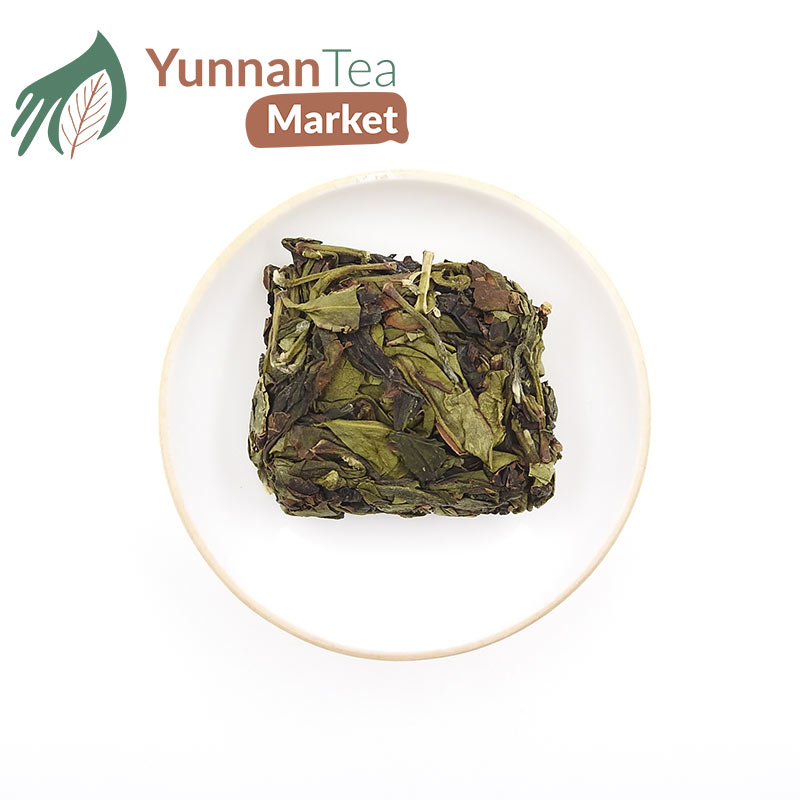
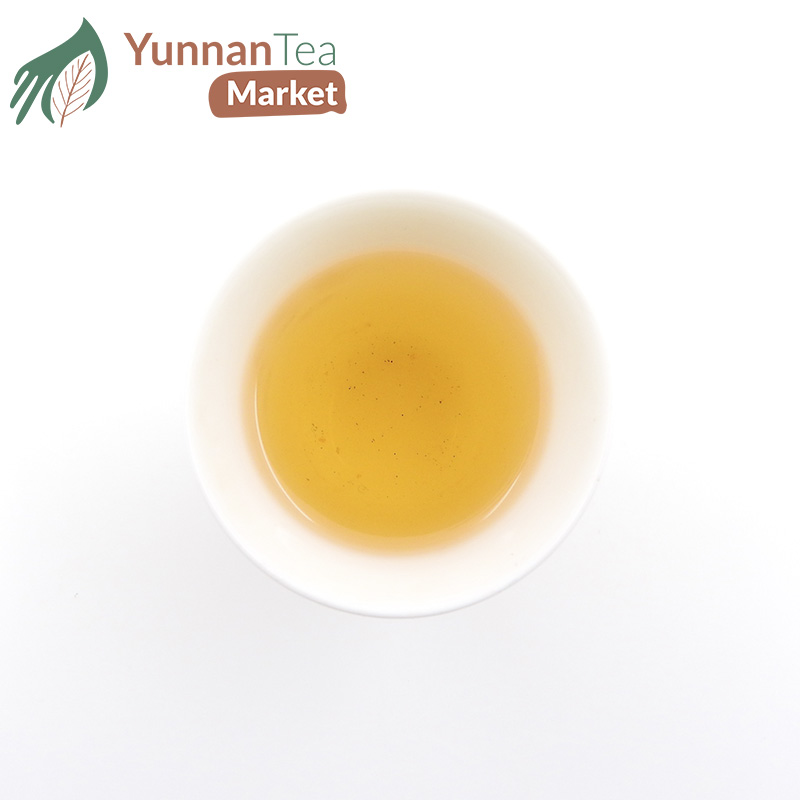


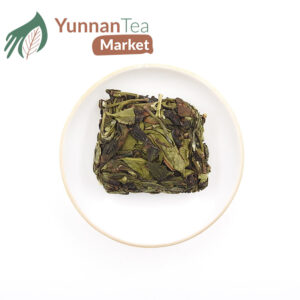
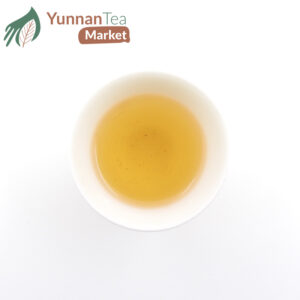



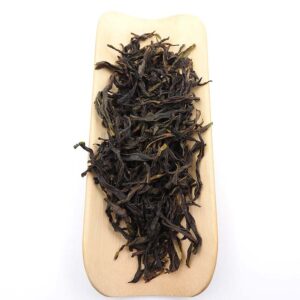
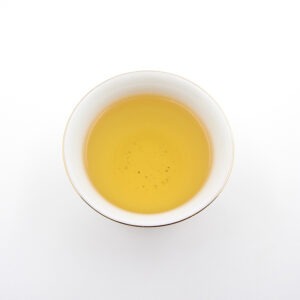
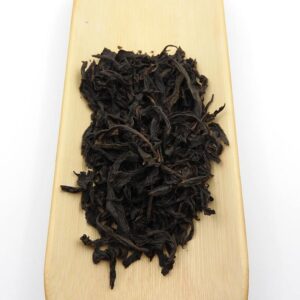
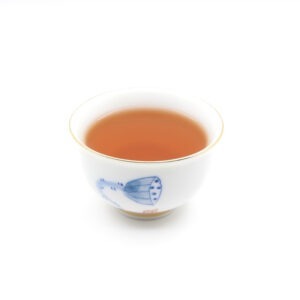
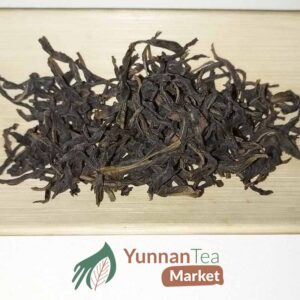


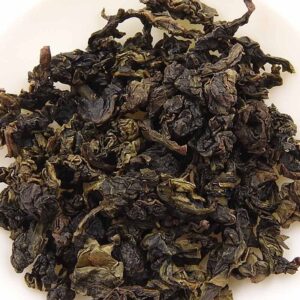
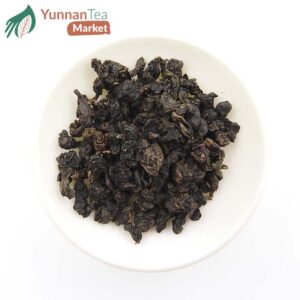
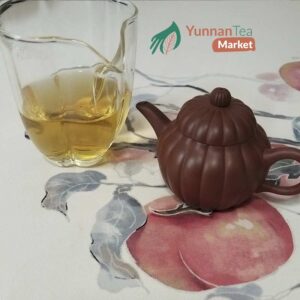


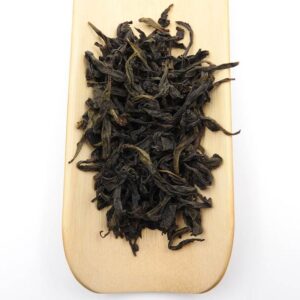

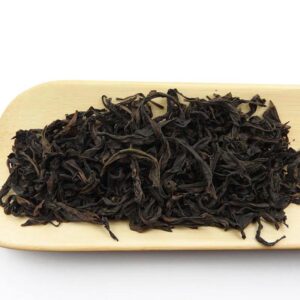

Reviews
There are no reviews yet.